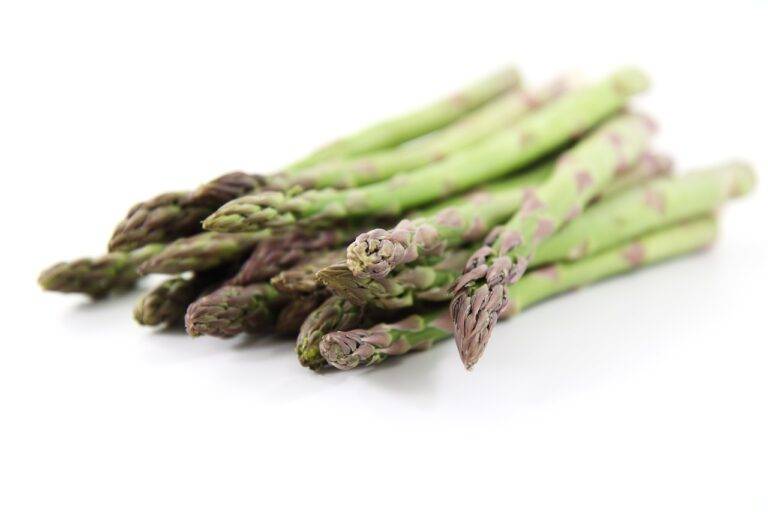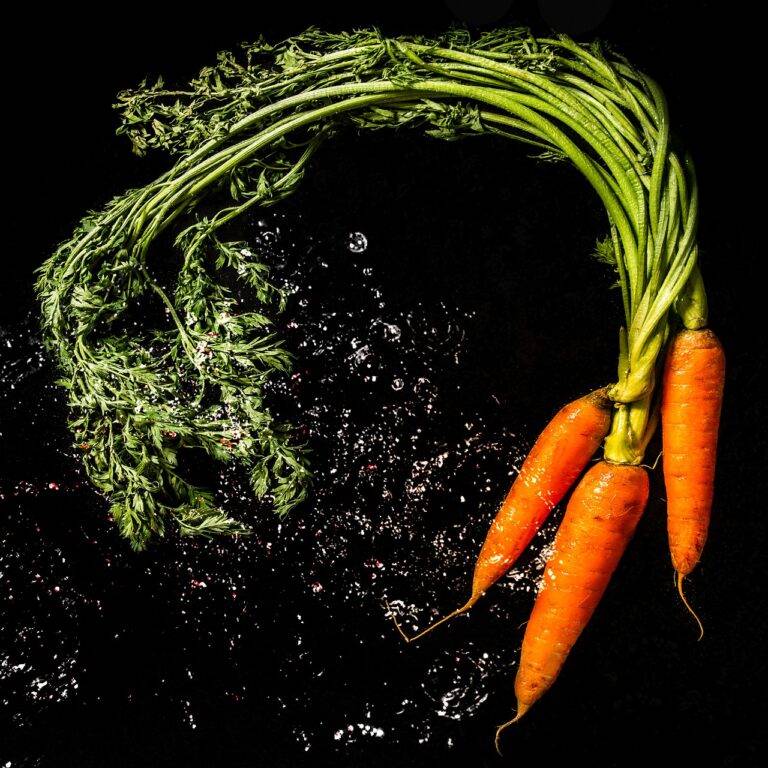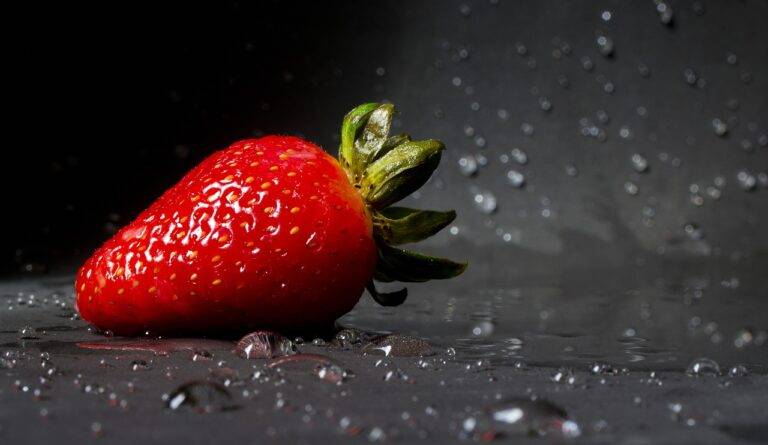A Guide to Food Preservation: Smoking, Salting, and Pickling
Smoking as a food preservation method dates back to ancient times when our ancestors discovered that exposing meat to smoke helped it last longer. The process involves hanging meat over a fire, allowing the smoke to penetrate the flesh and create a protective layer on the surface. The smoke not only deters insects and bacteria but also adds a rich, distinctive flavor to the food.
Through the application of smoke, meats like bacon, ham, and fish can be preserved for extended periods without the need for refrigeration. The smoking process dehydrates the meat, reducing moisture content and inhibiting the growth of microorganisms that cause spoilage. Additionally, the compounds present in the smoke act as preservatives, further enhancing the shelf-life of the smoked food.
The History of Salting as a Preservation Method
Long before the advent of refrigeration, early civilizations used salting as a method to preserve food. The practice of salting dates back thousands of years, with evidence of its use found in ancient Egyptian tombs. Salt was a precious commodity that not only added flavor to food but also played a crucial role in extending its shelf life.
In ancient times, salting was primarily used to preserve meats such as fish, pork, and beef. By coating the meat with salt or soaking it in a salt solution, moisture was drawn out, inhibiting the growth of bacteria that cause spoilage. This process, known as dry salting or brining, helped to make perishable foods last longer, especially in regions with limited access to fresh food sources. Salt was truly a valuable resource in preserving food and ensuring a stable food supply for communities throughout history.
Different Types of Pickling Techniques
Pickling is a time-honored preservation technique that has been utilized for centuries in different cultures around the world. One of the simplest methods of pickling involves submerging vegetables or fruits in a liquid brine of vinegar, water, salt, and spices. This method, known as vinegar pickling, creates a sharp and tangy flavor profile that enhances the natural taste of the produce.
Another popular pickling technique is fermentation, which relies on the natural process of lacto-fermentation to preserve food. In this method, vegetables are submerged in a saltwater brine and left to ferment over a period of days or weeks. The beneficial bacteria present on the surface of the produce consume the sugars and produce lactic acid, which gives fermented pickles their distinctive sour flavor. Fermented pickles are not only packed with probiotics and enzymes but also have a unique umami taste that sets them apart from vinegar pickles.





